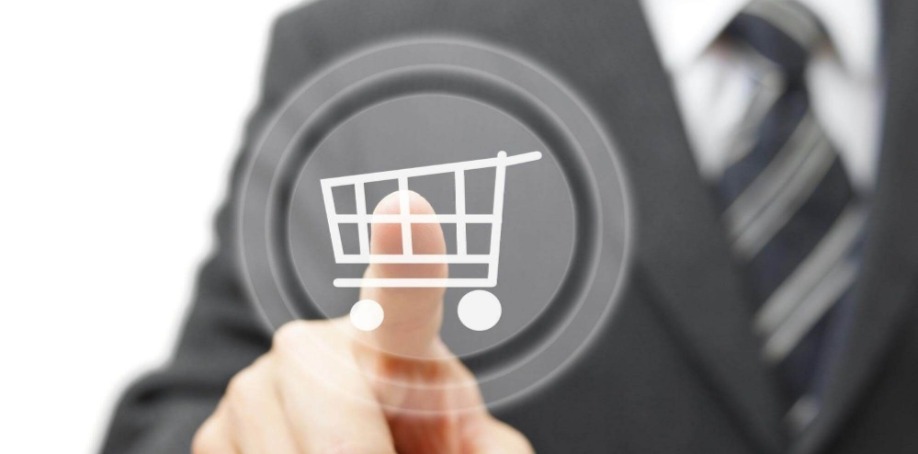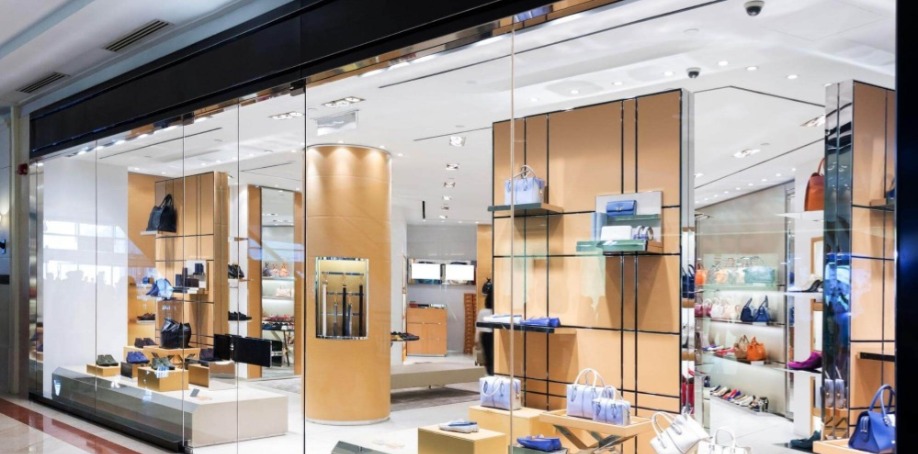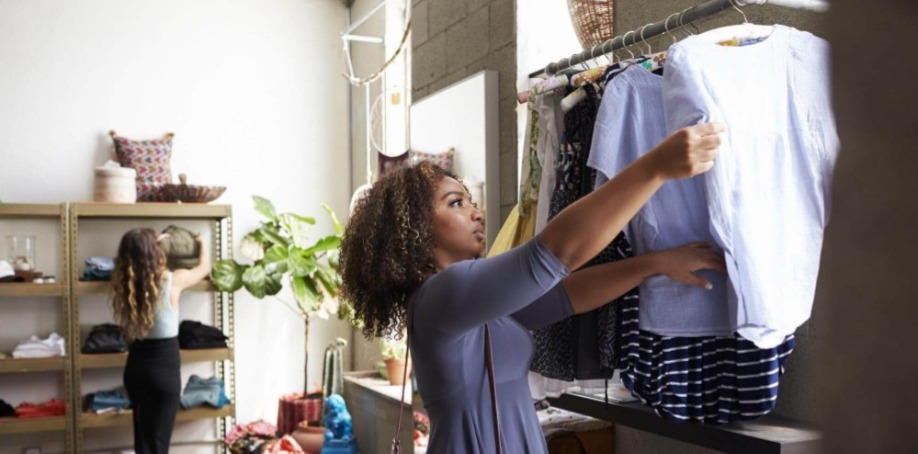
Projection mapping has already changed the way we experience events, exhibits and conferences. The rapid growth of this technology shows that there’s massive potential for another major industry: retail.
From interactive product demos to appealing visual displays, projection mapping has the potential to transform how we browse and buy. Here’s why projection mapping offers a fresh and exciting opportunity for brands in the retail space.
What Is Projection Mapping?
Projection mapping is when a projection is placed over a surface or object, changing its appearance. This has mostly been used in large-scale, outdoor presentations to project a video over an entire building at night. Today, this technology is getting more sophisticated.
“The continuing development of projector technology is constantly opening up exciting opportunities in retail, even in high levels of ambient light,” says Tom Burch, managing director of Projection Artworks.
Now that the technology is proving itself as lasting and effective, permanent displays in spaces like retail are popping up across the world. "Projection mapping immerses consumers into an experience," explains Paul Whitney, executive producer at bluemedia, an experiential brand activation company.
This immersive nature — coupled with the fact that many people prefer investing in experiences — poses many opportunities for projection mapping in retail. For one, customers who might not be enticed by the product will come for the experience — and getting them in the door is half the battle. In other words, projection mapping adds another incentive to purchase that may not have been present otherwise.

Bringing Products to Life
By changing the ways in which customers interact with products, projection mapping helps customers better understand their inherent value.
“Digital content is already being used to expand consumer experience, with interactive displays responding to the audience's choices. Through augmented reality, it is really easy to preview how different clothes would go together or how customized products would look before they are produced,” says Go2 Productions.
From a practical standpoint, retail customization features allow customers to better visualize the product in their life. If they know more about what a product can provide, they'll feel less skeptical and more confident buying it.
Additionally, it frees up more physical space in a store. “Virtualizing clothing like this allows for retailers to display more clothing than they normally would be able to do, and this means more options, combinations and products presented to customers, which could potentially lead to more impressions and transactions for the retailers,” says Mersive founder and CTO Christopher Jaynes.
From a marketing standpoint, this is a very exciting way to display clothes. It puts control in the customer's hands, making them an active participant instead of a passive observer. This makes them feel more connected to the product, which can in turn make them more likely to buy.
Capturing Customer Attention
At its heart, projection mapping is about the customer, not the product. And what it does to the customer is engage them. Social media strategist Alba Chiara Di Bari notes that projection mapping can draw people into physical stores in a world that's gone digital.
Some shoppers prefer online stores because they're more convenient. They also make it easier to find specific items and comparison shop without having to leave home. To compete with the convenience and ease of online shopping, there needs to be a tangible reason why customers should visit stores. Projection mapping offers the exciting, engaging and informative experience that today's shoppers are looking for.
Sam Beeson at The One Off agency agrees. “As shop windows battle for the attention of consumers, more retailers are realizing the benefits that on screen content can have in helping to drive sales.”
This engagement is long-lasting. Projection mapping can be leveraged as a cinematic storytelling experience, cultivating longer audience engagement and wider social reach, says Matthew Nix at Chicago Projection Mapping.
In other words, projection mapping will keep your product on people's minds long after they leave the store. This many inspire a number of additional actions, including sharing the experience on social media or returning back with friends.

Real-World Retail Applications
Projection mapping technology can revolutionize the retail customer experience in a variety of ways. Some of these strategies are depending on the product being displayed.
“Retailers could use projection mapping tech to change the perceived layout of the store based on the movements a customer makes. Or it could be used to show colour options for a particular product. A kitchen and bathroom supplier could use it to project example designs and layouts onto a table when discussing options with clients,” writes Cate Trotter at Insider Trends.
Each product has a unique feature or use case that projection mapping can support. Event producer FMAV notes that projection mapping can be a powerful tool for retail openings and daily operations. It can start a new store off on the right foot by generating buzz.
Moreover, projection mapping can be beneficial even before the store's opening. According to Ocean Fine, VP of agencies and marketing at Factual, “3D mapping can help retailers open up shops at the right location with the right floor layouts and bolster ROI by bridging the gap between mobile and brick-and-mortar commerce.”
From store conception to retail management, projection mapping is changing the way brands approach brick-and-mortar. Epson notes that projection mapping can boost curb appeal, improve wayfinding and make brands more eco-friendly.
Several retailers have already implemented projection mapping to improve customer engagement and boost sales. One effective example comes from Projection Artworks.
This display featured an advanced level of flexibility and scalability. “It can help any retailer – big or small – create truly engaging project mapped displays,” the company explains. No matter how a retailer wants to implement projection mapping, there is a scale at which it is possible.
Another example of retail projection mapping is the holiday display Christie 360 created for Barney's in New York. The display involved projections over glass sculptures of icicles, bringing a magical holiday vibe to the store. It was a particularly challenging project due to the nature of how light reflects on glass, and careful planning helped ensure that the project went smoothly, says Christie 360 Art Director Pierre Del Duchetto. “In the end, the glass decided how it needed to be worked with, and we learned how to speak the language of the glass.”
This shows integrators that nearly anything can be a projection mapping experience. And retail displays like Barney's icicle project are leading the way in exciting, innovative and imaginative projection mapping. As this technology continues to get more popular, we can only expect this trend to continue.
Images by: bacho12345/©123RF.com, zhudifeng/©123RF.com, Mark Bowden/©123RF.com


